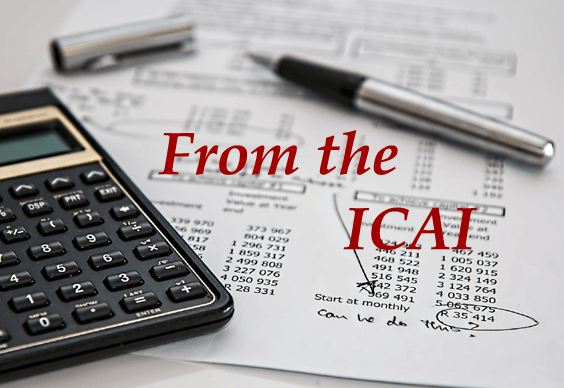Move at the earliest to a three-slab system in GST: Rangarajan
March 22, 2024
The multiple slabs for GST and its complicated structure are the main problem
A road-map must be drawn up for rationalising GST slabs says C Rangarajan, former Chairman, Economic Advisory Council to the Prime Minister and former RBI Governor
Q. Why was GST needed?
GST was intended to provide a system of taxation which was the same for goods and services, in which the Centre and the State participate, and share the revenue.
Q. How has it proved a game changer?
In the pre-GST indirect tax system, the Centre was taxing goods up to the point of it leaving the place of production (excise duties). States had the power to levy tax at the point of sales (sales tax).
The idea was to merge the two to make one tax -- from the point of manufacture to the time it is sold. Taxation on services was introduced much later than taxes on goods so Centre had retained the power to tax services. Under GST, states too got the power to tax services.
It was also decided that the cascading effect of ‘tax on tax’ should go in the GST system. It was designed as a consumption tax, as all intermediate taxes are set off, and we tax only what consumer ultimately pays.
Q. What is the unfinished agenda in GST?
We should move at the earliest to a three-slab system (four slabs if the zero-rate slab is also considered) and the rates should be reasonable. We should have a road-map for moving towards simpler GST slabs. Compensation system, now that it is gone, should not come back.
The multiple slabs for GST and its complicated structure, are the main problem. Most countries have three slabs – one normal, one higher slab for luxury goods and one lower for essential items.
The multiple layers of GST not only complicated the system but also lowered the effective revenue neutral rate for States. The other issue is the compensation principle, it needs to stay out of GST. The compensation formula overcompensated the States as the taxes substituted by GST did not grow at the 14 per cent used in the compensation formula
[The Hindu Business Line]

